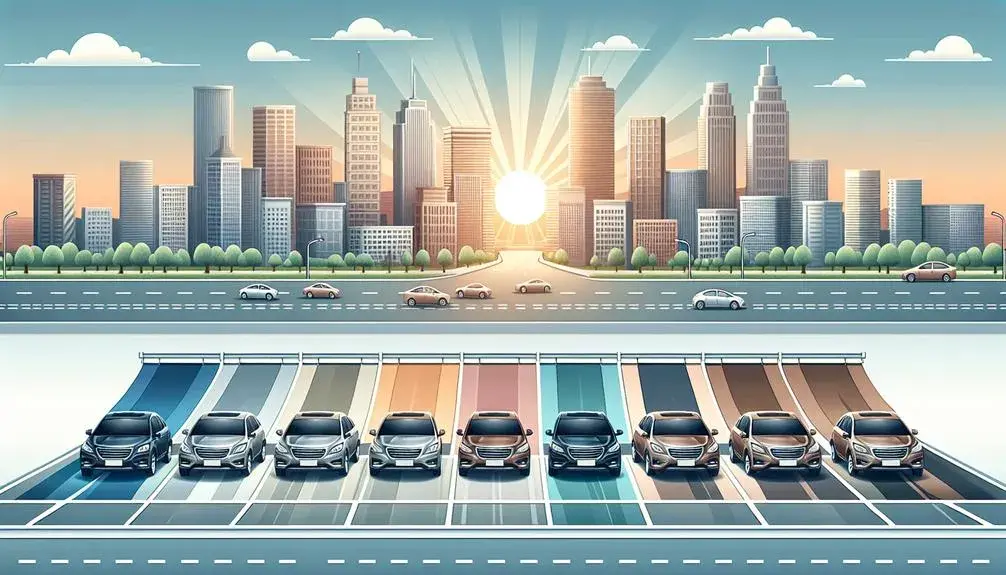
The sphere of automotive window tinting has evolved extensively in recent times, presenting a plethora of options that achieve a delicate balance between aesthetics and functionality. The spectrum of available auto tint types, each boasting distinct features, offer varied permutations of light transmission, heat reduction, and visual appeal, thereby broadening the scope for customization and personalization. The choice of tint, while often influenced by the pursuit of a sleek exterior look, also has profound implications for interior comfort, UV protection, and energy efficiency. By dissecting the characteristics of diverse tint types, we can unravel the intricacies that underpin the ideal selection process, thereby fueling an insightful conversation on the interplay of visual allure and practical performance in automotive tinting.
Exploring Different Auto Tint Types
Delving into the realm of auto tint types, it becomes apparent that there is a diverse array of options, each with unique characteristics tailored to specific needs and preferences. From dyed and metallized to carbon and ceramic, each type offers varying degrees of heat resistance, UV protection, privacy, and aesthetic value. Dyed window tint is cost-effective and reduces heat, but fades over time. Metallized tint offers great heat resistance, reduces glare, and doesn’t fade, but may interfere with electronic devices. Carbon tint provides excellent heat resistance and doesn’t fade, while ceramic tint, the pinnacle of tint technology, offers superior heat and UV resistance. Each tint type is a testament to the dynamic, inclusive nature of the auto tint community, catering to diverse needs.
Evaluating Aesthetic and Functional Benefits
Having explored the wide-ranging varieties of auto tints, it becomes essential to critically evaluate the aesthetic and functional benefits each type brings to the table. Aesthetically, auto tints can enhance the exterior appearance of a vehicle, offering a sleek and stylish look. This can significantly increase the perceived value and appeal of your vehicle, creating a sense of pride and belonging. Functionally, auto tints provide several benefits. They reduce glare and UV radiation, enhancing driving comfort and safety. They also provide privacy and security, preventing unwanted attention. Moreover, they help maintain a cooler interior temperature, reducing energy consumption for air conditioning. Thus, auto tints are not only about aesthetics but also play a crucial role in enhancing vehicle functionality.
In conclusion, auto window tint types are much more than mere aesthetic enhancements. They play a pivotal role in protecting passengers, maintaining vehicle interiors, and optimizing energy efficiency. As the proverbial cherry on top, they add a dash of sophistication and elegance to the vehicle. Thus, when selecting auto tint, one must strike a balance between aesthetics and functionality, ensuring that the chosen tint serves as both a guardian and a beautifier for the vehicle.